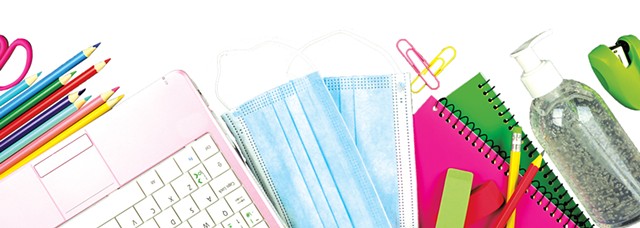
- Dreamstime
A viral meme popular with Vermont teachers is making the rounds.
Lifted from the sitcom "Schitt's Creek," the 46-second clip features the character Moira, labeled as the "U.S. Department of Education," guiding her adult son David, who is labeled "teachers," through an enchilada recipe.
"Next step is to fold in the cheese," Moira tells David.
"What does that mean? What does 'fold in the cheese' mean?" David asks.
"You fold it in," Moira responds.
"I understand that, but how do you fold it?" David asks.
"David, I cannot show you everything," Moira says, shaking her head. "You just, here's what you do. You just fold it in."
The lighthearted example of inept leadership hit home for educators, many of whom feel rudderless as they embark this week on an unprecedented school year with a high-stakes mission. They must educate and nurture students who have not set foot in a school building for almost six months, while also making sure those students keep masks on for hours at a time, stay socially distanced and wash their hands frequently.
Those guidelines and more are outlined in a 33-page document, "A Strong and Healthy Start: Safety and Health Guidance for Vermont Schools," that the Vermont Agency of Education and Department of Health released this summer. But each district has had to create a customized proposal for its community, leading to a patchwork of plans — and varying degrees of confidence among staff. Schools throughout the state will offer a mix of in-person, remote and hybrid learning options.
Some schools are more prepared to reopen than others, according to Don Tinney, president of the Vermont-National Education Association. Last week, his organization — the largest union in the state, with 13,000 members — released a reopening report card, grading the state a D-plus on overall preparation for a safe start. The grade was based on a survey given to local teachers' union leaders, who weighed in on testing and tracking, staffing, and building ventilation.
The lack of both a statewide strategy and adequate state resources means that health and safety measures vary widely, Tinney wrote in a letter accompanying the release of the report card. "That is unacceptable since, regardless of where in Vermont you live or go to school, safety is not, cannot and will not be negotiable," he wrote.
Gov. Phil Scott shuttered Vermont schools in March as the coronavirus pandemic took hold, and students attended classes virtually for the remainder of the school year. Officials announced in June that schools would reopen this fall, though Scott postponed the start to September 8, about a week later than is customary.
Scott, Health Commissioner Mark Levine and Education Secretary Dan French have consistently advocated for schools to reopen for in-person learning this fall, citing Vermont's low level of COVID-19, the successful reopening of childcare centers and the negative impact that being out of school has on children's well-being.
Yet at a September 2 press conference discussing the report card, Vermont-NEA members described troubling circumstances ahead of an unpredictable year.
"The shortcuts that are being taken right now are dangerous and unacceptable," Leanne Harple said of her district, Orleans Southwest Supervisory Union. Harple teaches language arts at Hazen Union High School in Hardwick.
In one school, Harple said, an isolation area for sick students was being set up in the same room as a food preparation station, with just a plastic sheet separating the two areas.
She said she worries about a shortage of personal protective equipment, how she would keep students socially distanced during a fire drill, how hallways and bathrooms would be monitored, and how students would connect with each other.
"We were told that during lunch ... [students] won't be allowed to talk because they will be unmasked," she said. "Worst of all, we can't smile at them. There quite literally will be no smiles in school this year."
Also in short supply: school nurses. A Vermont-NEA survey completed this summer by 3,285 members found that 70 percent were concerned about their school's capacity to maintain sufficient nursing staff.
That's a concern even in the best of times, according to Soph Hall, a nurse at Miller's Run School in Sheffield and president of the Vermont State School Nurses' Association.
"We're just spread too thin," Hall said at last week's press conference. "We will do the best we can — that's what we do — but we need the support to be able to do that."
Hall said the Agency of Education provided school nurses with personal protective equipment in late August, but the face shields don't fit snugly against the face, and the quality of the masks and gloves didn't meet her expectations.
Other educators worry about additional staffing shortages as teachers take time because of sickness, an obligation to self-quarantine or childcare issues. Meanwhile, some substitutes likely won't work this year because of their age or health concerns, said Eric Hutchins, a teacher at Lamoille Union High School in Hyde Park.
"I think there will be days we'll have to close school for in-person learning due to lack of staff," he said in an interview.
Harple, the Hardwick teacher, said she'd been told that only two substitute teachers will cover that district's seven schools.
Nicole Awwad, an academic resource teacher at Springfield High School, noted that the Springfield School District "has been in crisis with subs for some time now." Vermont schools comprise "a very fragile system," she said, "and subs are one piece of the system that could make the rest of our plans crumble."
Beverly Taft, a school counselor at Randolph Union Middle and High School, said in an interview that teachers and other school staff "are used to putting their needs secondary or tertiary to everybody else's needs" and "don't push back a lot. We nod and persevere."
In the Orange Southwest School District, where Taft works, the school board approved a memorandum of understanding in August aimed at creating a collaborative and supportive working environment during the pandemic. Taft said she feels "fortunate," as many districts around the state do not have such an agreement.
The memo calls for a number of safety measures, including closure of a school building for 14 days if there is a positive COVID-19 case, fully remote faculty meetings, the guarantee of appropriate cleaning and sanitizing materials, and an official report to faculty and staff on the school buildings' ventilation systems.
The document also calls for the district to accommodate remote work for school workers who have a doctor's note verifying that they are at high risk for severe illness from COVID-19. If it is essential that the staff member's work be in-person — in the case of custodial staff or food service workers, for example — the district will attempt to shift those duties to times in the day when the school building is empty or when the work can be done without contact with others.
The agreement shows that "the people signing our paychecks are listening to what we need," said Tevye Kelman, a high school social studies teacher in Randolph.
Even with the best-laid plans, though, there are plenty of intangibles for which teachers and administrators can't prepare.
Stephanie Miller, a fifth-grade teacher at Malletts Bay School in Colchester, worries about meeting her students' social and emotional needs while also covering the curriculum required this year.
Since her district has adopted a hybrid model — in which she will have one group of students Monday and Tuesday and a different group on Thursday and Friday and be responsible for both groups' instruction on remote learning days — she said she'll essentially have "nine days of work in a five-day workweek."
Teachers are "highly flexible human beings," said Miller, but expecting teachers to cover as much material as when students were attending in-person school five days a week is setting them up for failure and burnout. "Nobody wants to do a job they feel like they can't complete and do well," she said.
Miller said she would feel more secure if K-12 teachers and students were being tested for COVID-19 prior to returning to school buildings, a practice implemented by the University of Vermont and local colleges.
The first few weeks could set the tone for how the semester will go. Vermont's 2020 Teacher of the Year, Bibba Kahn, who teaches French and Spanish at Main Street Middle School in Montpelier, said leaders in her district — Montpelier Roxbury — have been transparent in their communication about reopening and that teachers, administrators and the school board have been able to work well together. She said she feels "in a good place" when it comes to returning to work.
Still, Kahn said she's concerned that some students — those who benefit from one-on-one instruction or moving around the classroom, for example — will be challenged by the stringent health and safety protocols in place this year. She also knows that not all teachers feel as supported and confident about the systems being put in place by their districts as she does.
"I have seen my colleagues innovating and adapting ... because they care deeply for students," she said. "We really need the unwavering support of our communities and our governing bodies. We are showing up, and we need your support."

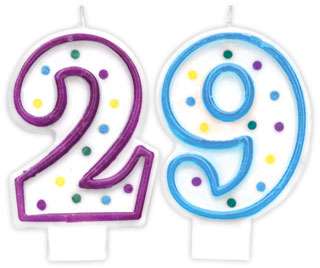
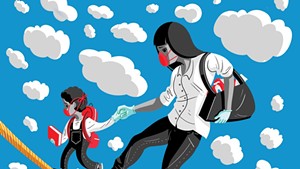
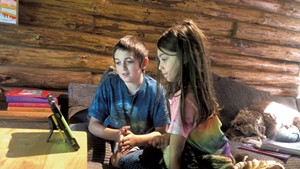
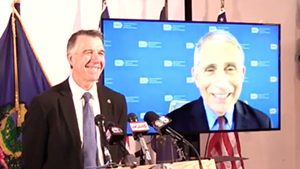
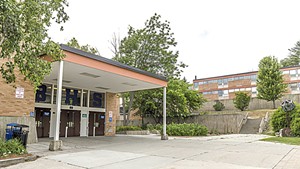









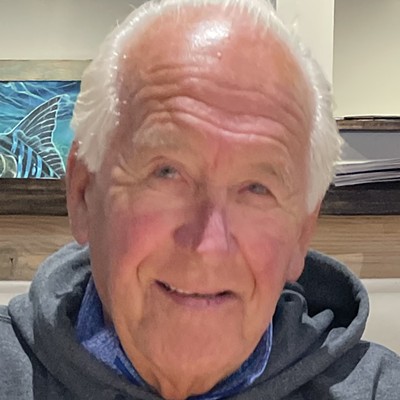
Comments
Comments are closed.
From 2014-2020, Seven Days allowed readers to comment on all stories posted on our website. While we've appreciated the suggestions and insights, right now Seven Days is prioritizing our core mission — producing high-quality, responsible local journalism — over moderating online debates between readers.
To criticize, correct or praise our reporting, please send us a letter to the editor or send us a tip. We’ll check it out and report the results.
Online comments may return when we have better tech tools for managing them. Thanks for reading.